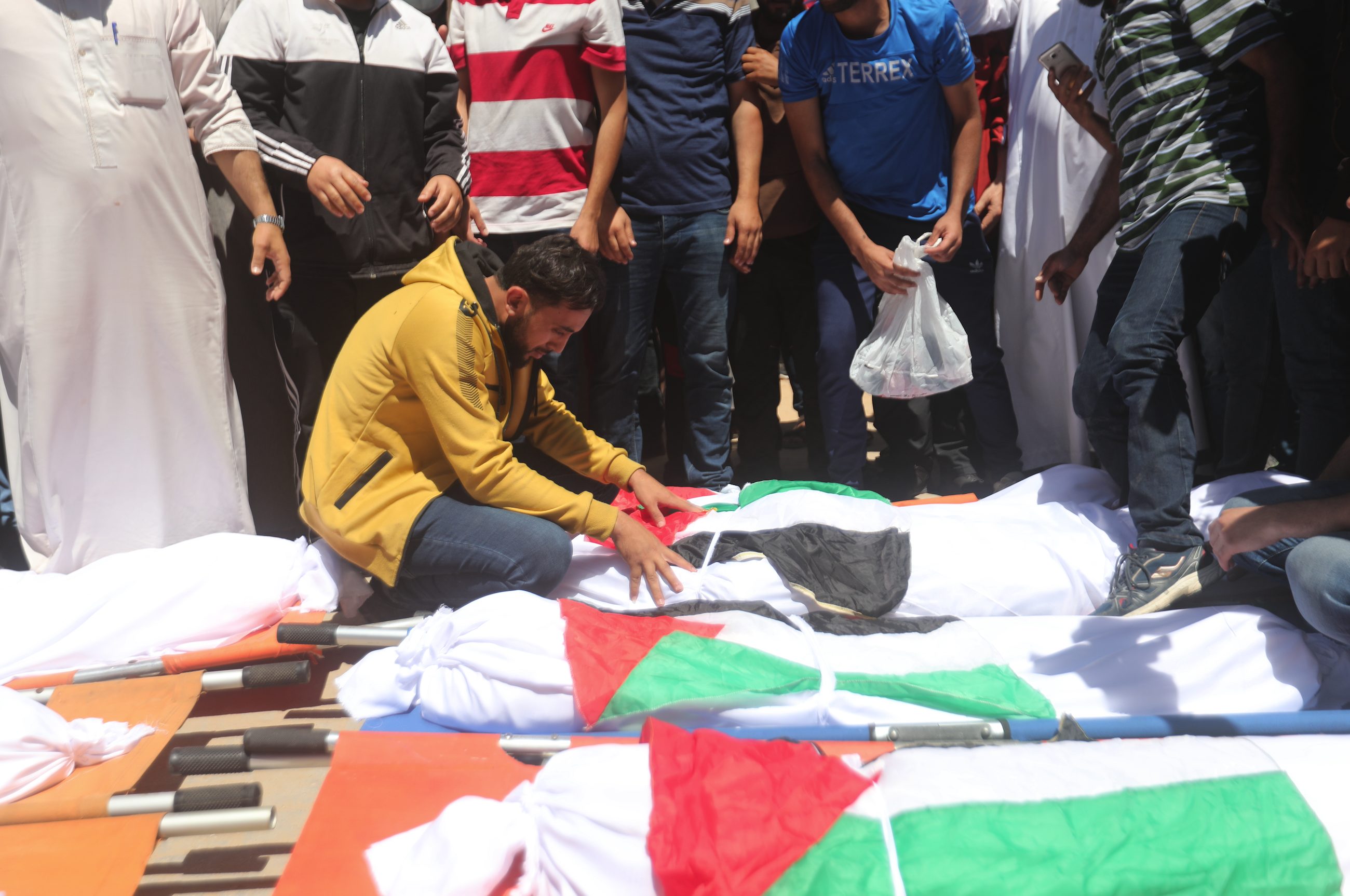Local time on the evening of the 20th, the two sides in the Israeli-Palestinian conflict confirmed that a ceasefire agreement has been reached. However, less than a day after the cease-fire came into effect, 21 Israeli police and Palestinians clashed again in Jerusalem.
Clashes between Israeli police and the Palestinian population have re-occurred
The clashes took place at the Al-Aqsa Mosque on the Temple Mount in Jerusalem’s Old City. At noon, large numbers of Palestinians gathered for Friday services. Israeli police said Palestinians threw stones and Molotov cocktails at Israeli police on duty at the Al-Aqsa Mosque, while Israeli police stormed the courtyard of the Al-Aqsa Mosque and threw tear gas and explosives at the crowd. Reuters reported that about 20 people were injured in the clashes, but the immediate cause of the unrest is not yet known. Palestinians have been arrested by Israeli police.
Tel Aviv VS Gaza Strip “Twin City Life” under Israeli-Palestinian Conflict
How did the Palestinian and Israeli populations get through the past 10 days of conflict? With this doubt in mind, the reporter specially found two local residents living in the Gaza Strip and Tel Aviv, Israel, who documented their lives in the Israeli-Palestinian conflict in the form of vlogs.
Nick Krzyszczyk: My name is Nick Kolyushin, 37 years old and an Israeli citizen.
Ahmed Masood: My name is Ahmed Masood, and I’m in the Gaza Strip.
Nick Kolyusin: Over the past ten days, Tel Aviv and many Jewish cities have been hit by rockets, and no one knows where they will land or who they will hit.
Nick Krzyszczyk: The rockets are coming, run! Go to the building on the other side, there must be a bomb shelter! Quickly hide in the bomb shelter, what are you doing standing here? Get in there! Oh, my God!
Ahmed Masood: During the escalation of the (conflict), the Israeli army stepped up air strikes in the Gaza Strip, targeting buildings, people, trees and infrastructure. Turn the Gaza Strip into a place of death, depression and pain.
Where did you take refuge during the conflict?
Nick Krzyszczyk: I live in an old apartment with no bomb shelter. All we can do is leave as soon as possible, run down the corridor, or go a little further, it’s the safest place in the building.
Ahmed Masood: I’m by the doctor’s side right now, what are the difficulties he faced during the 11-day conflict in the Gaza Strip?
Doctor Hakim Ashraf: “It’s a lot of psychological exhaustion, we’ve been in the hospital almost all 11 days, 3 or 6 a.m., and the air strikes can’t say when they’re coming.”
Nick Kryusin: In the last two weeks, a lot of people have lived next to shelters, the streets of Tel Aviv and many other cities have been empty, and many shops, restaurants, cafes, bars have closed.
Ahmed Masood: This is the Ramal neighborhood, the heart of Gaza, with shopping malls, agency offices and parks, and anyone who wants to go for recreation will come here with friends and loved ones.
Where is the safe place?
Nick Kryusin: If you don’t know where the nearest shelter is, if we’re outdoors, in public places, like the beach. We’re going to lie down in place, hold our heads in our hands, and pray that the rockets don’t fall nearby.
Ahmed Masood: There is no safe place to live during the escalation of the conflict, but people here believe that they will continue to live and build their homes.



